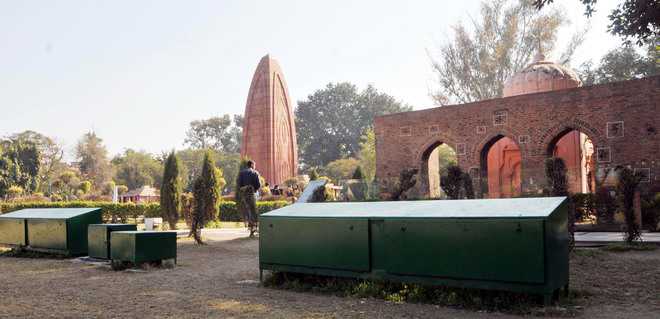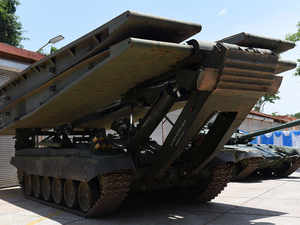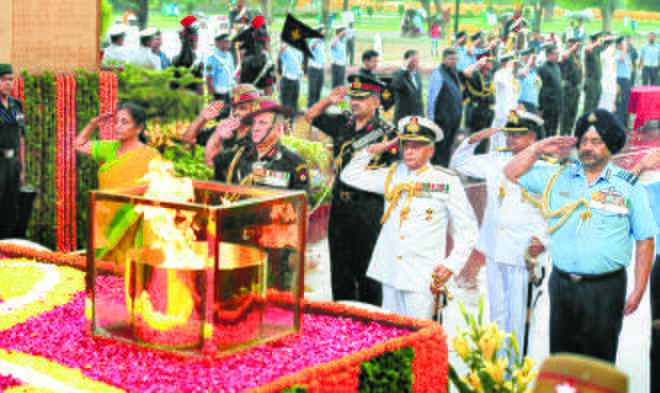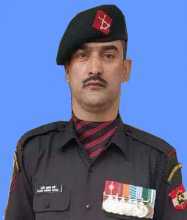
George Fernandes took to the job of the defence minister with gusto and a purpose that left a lasting impact.
As India’s defence minister, George Fernandes was hosting his counterpart from a newly independent Central Asian Republic in 1999.
Suddenly, the visiting defence minister walked around the banquet table carrying a wrinkled plastic duty free bag for George Fernandes. He then pulled out a beautifully crafted horse whip. And in a rather dramatic fashion, he said something in Russian. It even made his translator’s cheeks go red.
I was the only journalist at the banquet. George Fernandes had a penchant for taking select journalists to events that would have a policy impact rather than be an immediate breaking news story. But even if I wanted, what he said in Russian was unprintable back then.
Everyone at the banquet was surprised when the translator said, still blushing: ‘we use this whip on the steppes, and this is for India to use in its neighbourhood’.
George Fernandes thanked him with a smirk. Because he had been doing just that in the recent past.
Also read: George Fernandes wouldn’t fix his broken gate, washed his clothes & was a teetotaller
Fernandes had ordered the Army to conduct a top-secret raid across the Line of Control that till today remains the only one that completely achieved its political-military objectives. It was never reported in the Indian media. There were reports in the Pakistani media, but those have now been taken down.
At that time, nobody called them surgical strikes, and they weren’t tom-tommed either, for they were a fairly common occurrence. That raid remains the most devastating in terms of lives taken, and the only one, which had the greatest impact on Pakistani activities. Rawalpindi ceased doing what it had been up to, and hasn’t repeated them since then.
With his crumpled look and trade union baggage, George Fernandes made for an unlikely choice as defence minister. But he took to the job with gusto and a purpose that left a lasting impact.
Also read: How a ‘viral’ image helped Mangalore’s George Fernandes win Bihar poll in absentia
At a breakfast interview, where I had gone to do a profile for The Indian Express, he said that his readings over the years had included various international defence journals. He added that this knowledge had never found an outlet in his political activities. It was soon evident when he began to take decisions that were sharp and without remorse.
Throughout his tenure as defence minister, George Fernandes’ main obsession was Siachen. At the Base Camp where he met me before undertaking yet another visit to a post, he remarked that this was his 16th tour. He had undertaken enough visits to qualify for a Siachen ribbon.
His empathy for the soldier was such that nothing else mattered. He even ordered a couple of Ministry of Defence bureaucrats to be sent to Siachen. This was because they had been delaying the purchase of snow scooters for troops deployed there. The officials wanted to know how was the procurement financially justified. He made them find the answer by sending them, without remorse. Just as he did by being the only defence minister to have sacked a service chief.
Also read: George Fernandes, firebrand socialist leader who rose above identity politics
The author is a Congress leader and a former Editor-in-Chief of Defence & Security Alert









































































